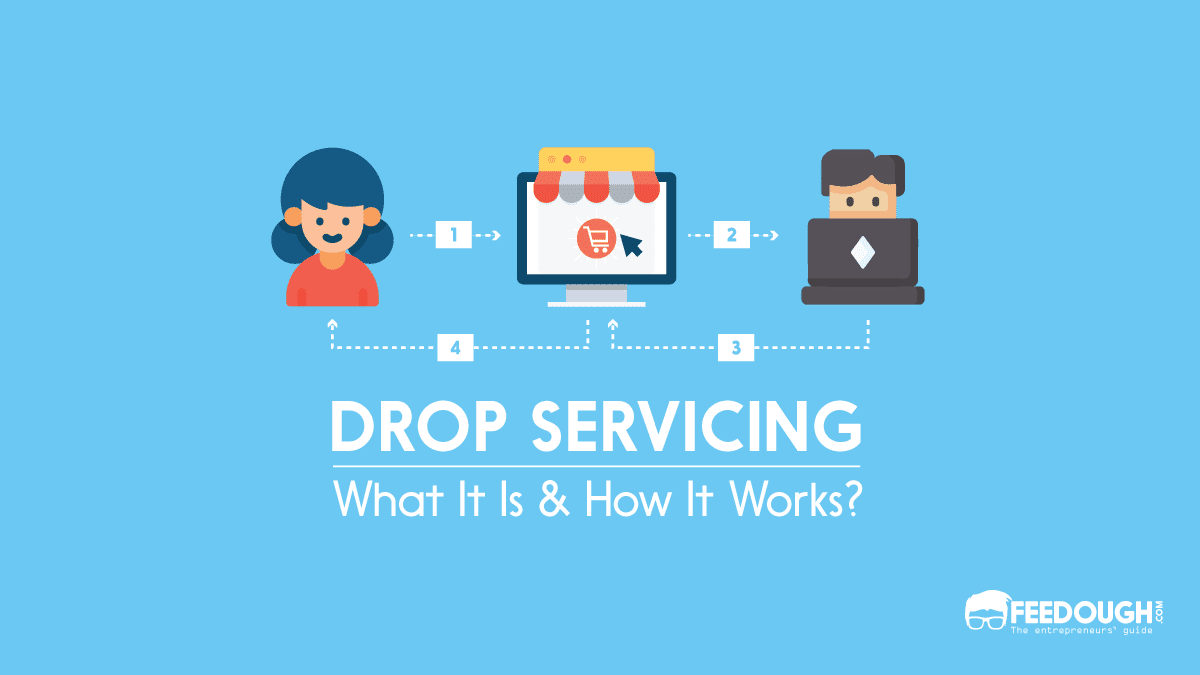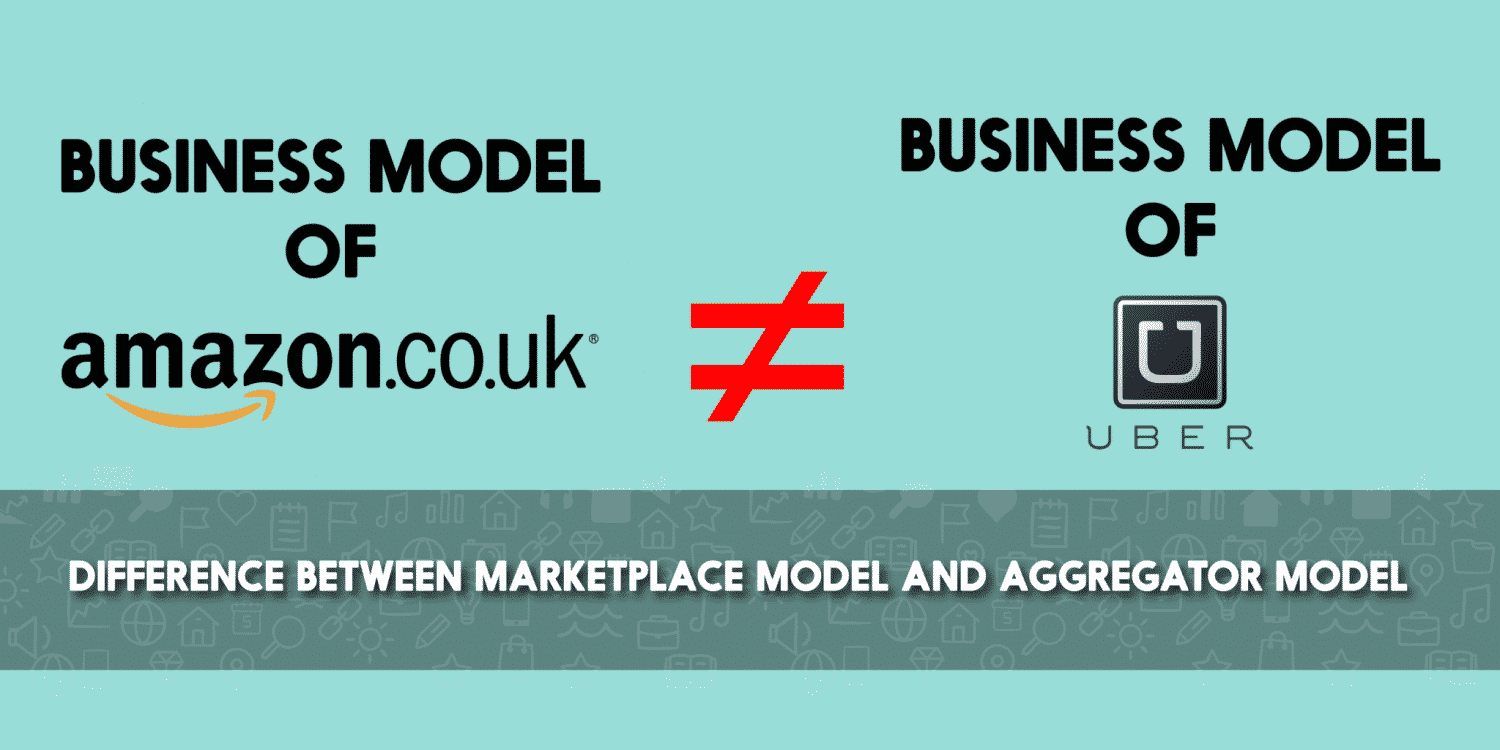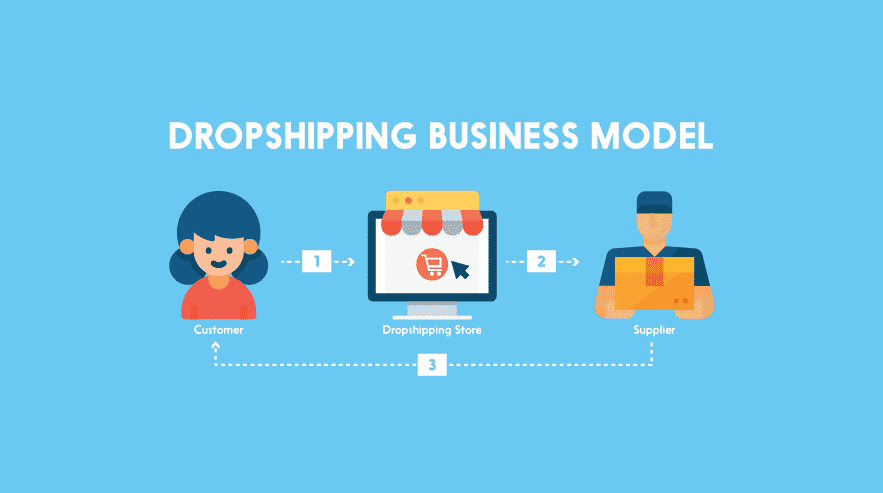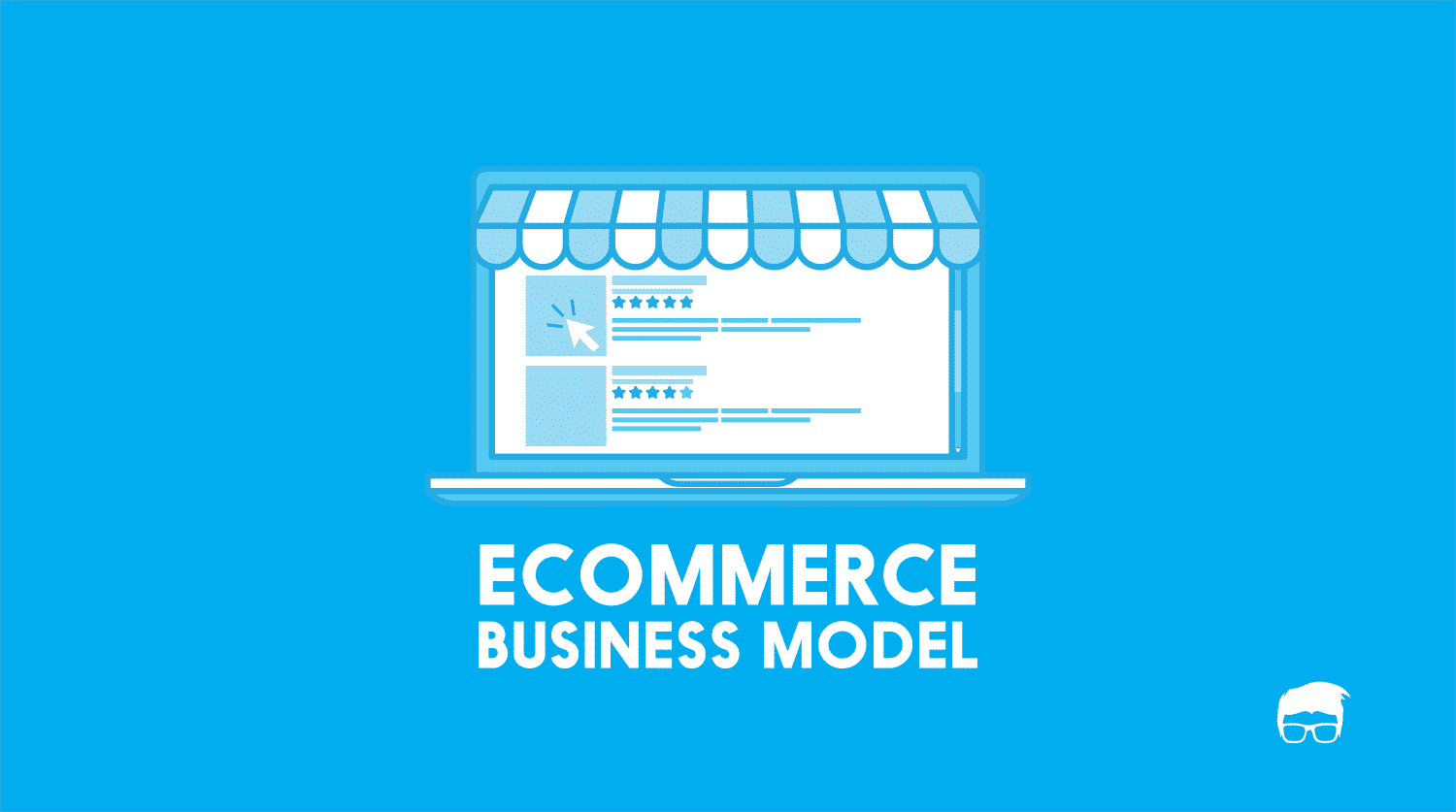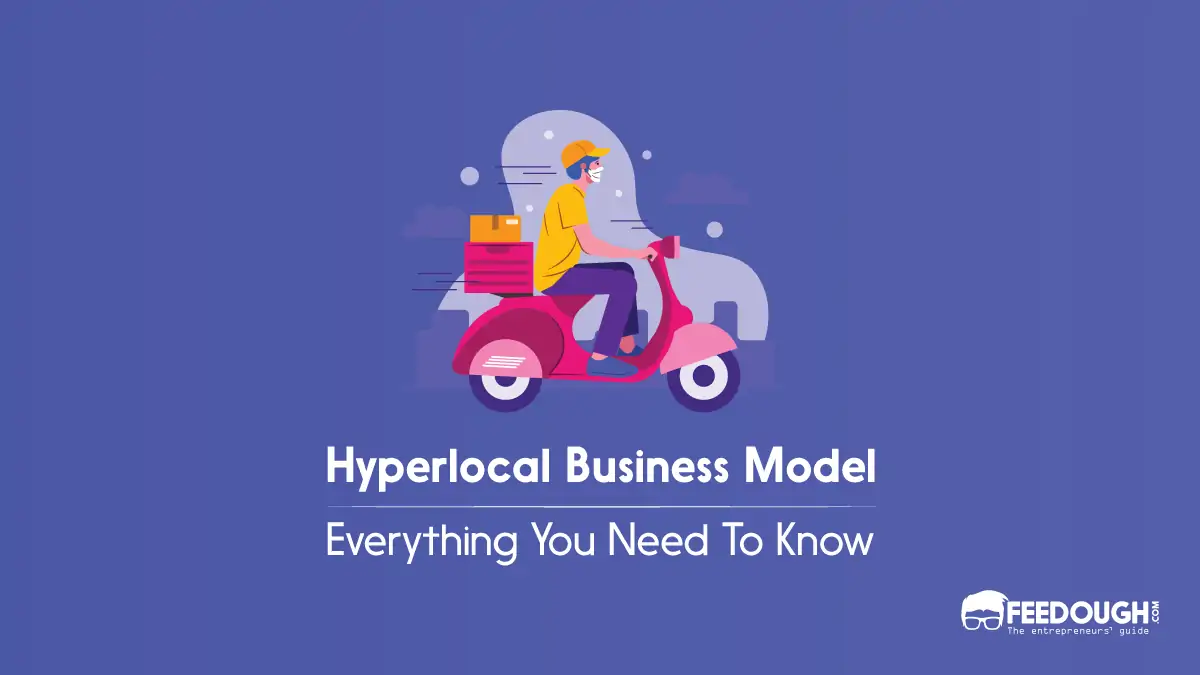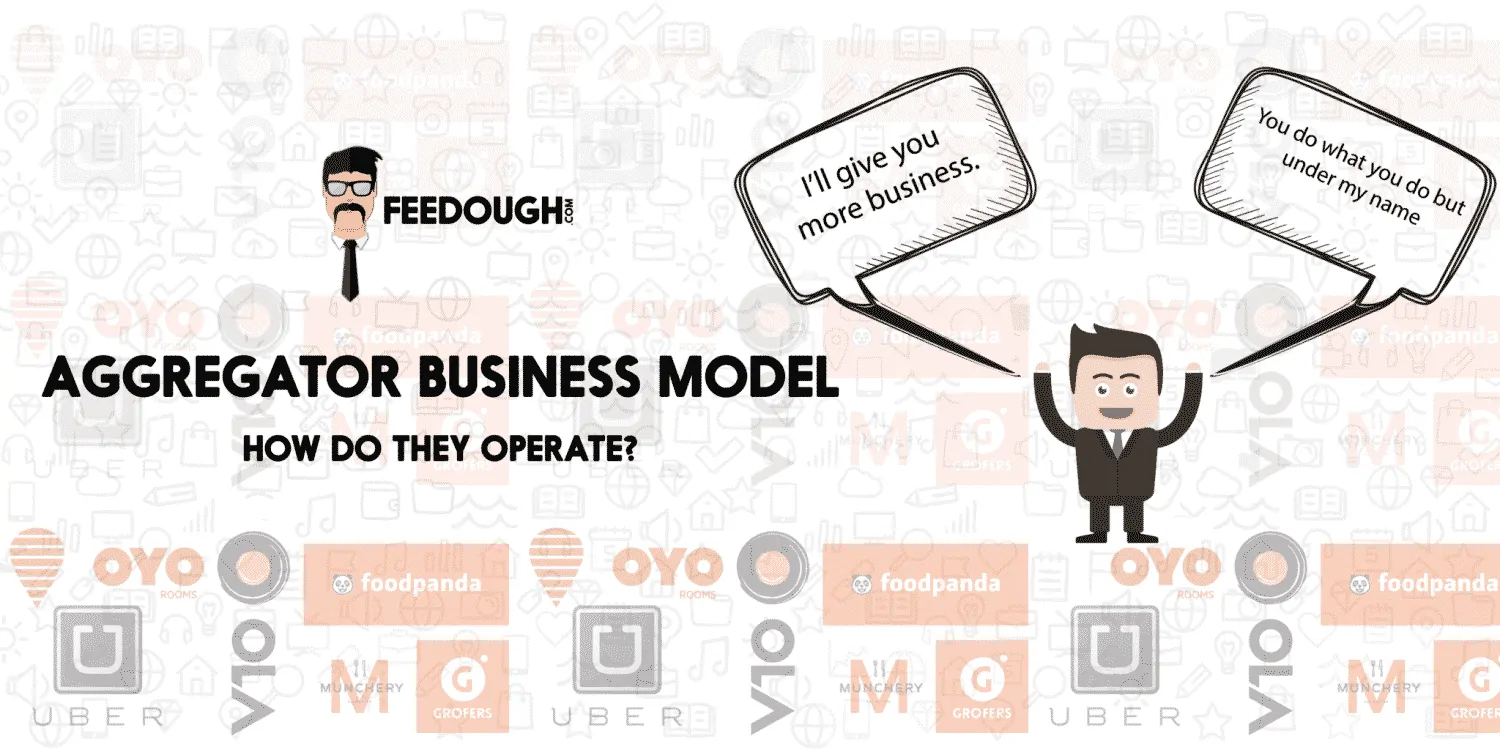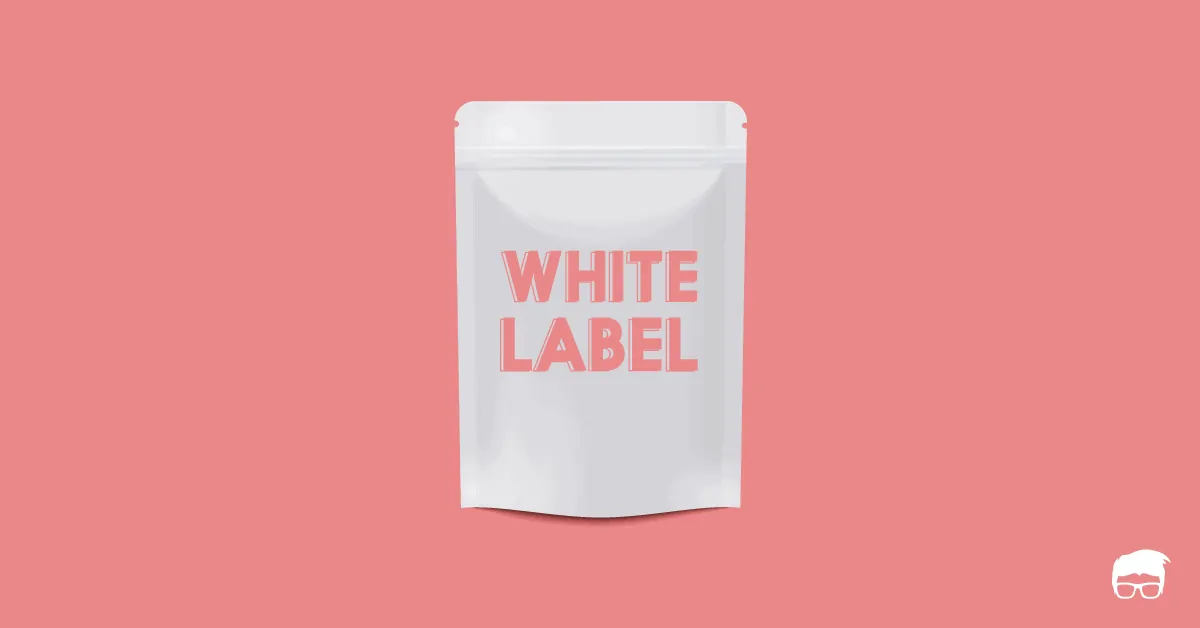What if I tell you that you don’t always need to be efficient in the service you provide? Or you don’t even need to provide the services you sell. Other experienced providers will do it for you under your brand name.
It’s true, and it’s happening around us.
It all started with dropshipping, where people set up their ecommerce brands by partnering with third-party manufacturers or sellers who fulfil each order that this brand gets.
That is, the brand focuses on getting more orders while the partners focus on order fulfilment. There are no promises. Orders are fulfilled as they come in. The brand doesn’t even pay for the items until they are ordered.
A similar model, when applied to services instead of products, is called drop servicing.
What Is Drop Servicing?
Drop servicing is an online business model based on an order fulfilment strategy where a merchant sells a service to a customer and then hires someone else to fulfil the order.
These service fulfilment partners are not employees of this brand. Rather, they are independent contractors who set their own prices and terms of services.
Precisely, the merchant, even though representing the service sold, is a mere middleman or an agent who acts as a facilitator between the customer and the service provider.
This model is often referred to as service arbitrage or white labelling, where other sellers do work for you without wanting credits for the same.
An example of the drop servicing model is a web design and development firm that sells its services to the client and then hires a freelancer to do the work.
How Drop Servicing Works?
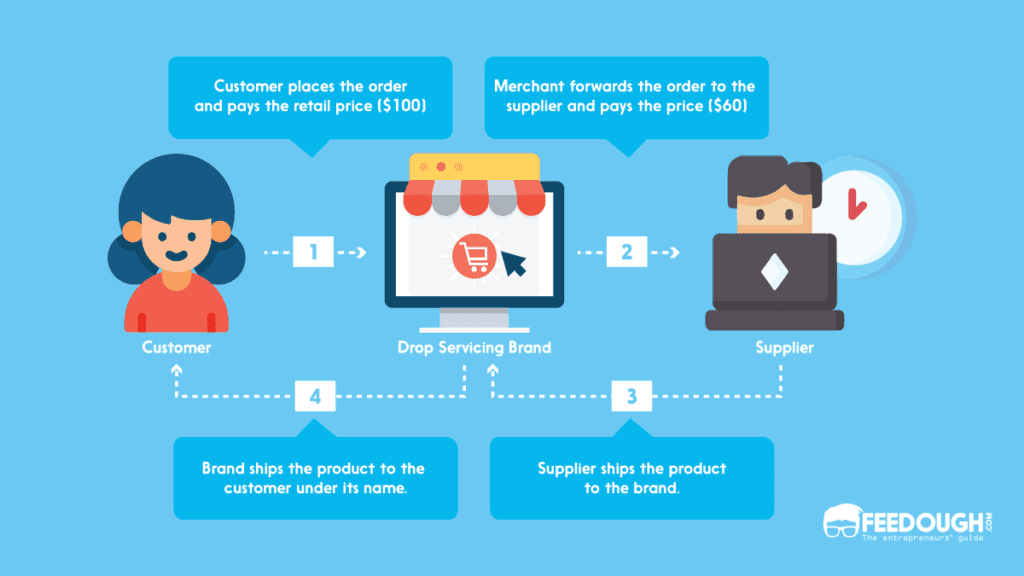
The drop servicing business model can be summed up in 4 easy steps.
- The merchant or brand sells a service to the customer.
- The customer interacts and places an order with the merchant.
- The merchant hires a third-party service provider who fulfils this order and delivers it to the customer.
- The merchant invoices the brand for work completed and collects payment from them.
To get a better gist, divide the business model into two segments –
- The front-end: how things look to the customer. They see your brand as any other service provider. They give you the brief, pay you and expect a quality service.
- The back-end: how things look from your perspective. You sell a service, hire a service provider, pay them their price (less than what you charged for), and fulfil the order under your brand name.
As a drop servicer, you make money as the difference between the price you sell the service for and the price you pay to a third-party provider.
Say you own a web development company. You sold a package for $3,000 to a client who wants it done. Instead of doing it yourself, you hire a freelance designer for who you pay $2,000 for the service.
You make $1,000 in this deal, and your client is happy with what they get (a high-quality service).
Benefits Of Drop Servicing
A drop servicing brand looks exactly like any other brand that sells services to the market. However, such brands don’t have to bear periodic costs like salaries and equipment.
They pay as per order and results, which means no risks for them.
Besides this, there are other benefits of the drop servicing business model.
Drop Servicing Business Is Easy To Start, Manage, & Grow
It is easier to build a brand using the drop servicing business model than through the traditional model. Since the brand only deals with selling and marketing, everything else is taken care of by third-party providers.
There are no limitations on how many services you provide or service providers you hire. Moreover, no geographical constraints limit how far you can expand. There are also no restrictions on how many active service providers you have at a time.
It Is Not Heavy On Pocket
In the traditional service business model, a brand has to shell out many equipment and tools necessary for providing services. This cost is almost zero in the drop servicing model since your brand doesn’t buy any of these items.
Periodic salaries and other employee-related expenses are also lower in the drop servicing model.
Drop Servicing Is Flexible
Since drop servicing brands hire independent contractors, they can easily burn or add fuel to their business.
For example, when they get more orders, the brand simply hires more providers and vice versa. There are no limitations on how many providers they can have at a time. Similarly, there are no restrictions on the number of services that these service providers provide.
It Is Easily Scalable
The model is scalable by nature. A brand can simply increase the number of service providers it owns or increase the number of services each provider provides.
This ultimate flexibility and scalability are what make this business model brilliant and unique.
It Is Less Risky
A drop servicing business involves only two parts of the traditional business model – marketing and selling. The brand does not have to handle other risks and responsibilities that come with being a service provider.
Challenges And Limitations Of Drop Servicing
Drop servicing has vulnerabilities that come with its benefits.
For example, it is easy to scale up but difficult to control the quality of services provided by each service provider. The brand cannot simply stand behind the third-party providers if they fail to deliver satisfactory results. It’s important for brands to ensure the trustworthiness and reliability of their service providers in this case.
It is Risky For A Big Brand
Drop servicing is the most beneficial business model for small brands. If a big brand opts to use this model, they will have to offer uniform pricing, quality of service, and experience across their providers.
This is not easy for big brands since it is hard to control the quality of services provided by independent contractors scattered all over the country or even worldwide.
Drop Servicing Is Not A Long-Term Business Model
It doesn’t fit into medium to long-term business models. Brands involved in drop servicing are only interested in finding new projects that they can carry out quickly.
It Makes You Dependent On Third-Parties
The drop servicing model is advantageous but, at the same time, it makes brands dependent on third parties.
Brands cannot control everything in this business model since they are not involved in any of the stages of providing services. This dependency can be risky for businesses if their service providers decide to quit or stop working abruptly.
How To Start A Drop Servicing Business?
Starting a drop servicing business is not rocket science.
It is not capital-intensive and does not require much of an investment. You can easily start your own drop servicing business by taking the help of freelancers or virtual assistants to handle operations on the ground level while you focus on marketing and selling.
But first, you need to choose your niche.
Choose Your Niche
Choosing your niche is probably the most important step in starting a drop servicing business.
It is also the most challenging part of this business model since you need to research and find target clients who are willing to buy your services.
Use keyword research tools like Google Trends and Google Keyword Planner to find out what services people search for most often. Once you have your list, visit forums like Reddit and Quora to see if there is a demand in these niches.
What Services Can You Drop Service?
Any service that doesn’t require you to be physically present can be included in your drop servicing business model.
You can provide services like design, programming, SEO, web development and app development among many others.
Drop Servicing Business Ideas
Here are some drop servicing niche ideas to help you get started –
- Design:
- Logo design,
- T-shirt designs,
- Social media posts,
- Flyer designs, etc.
- Programming:
- App development,
- Website development, etc.
- Digital Marketing:
- SEO,
- PPC,
- Search engine marketing,
- Social media marketing,
- Adwords,
- Backlinking, etc.
- Writing:
- Content writing,
- Ghostwriting,
- Resume writing,
- Proofreading, etc.
- Audio Video Design And Editing
- Video Editing,
- Sound design,
- Motion graphics,
- Animation, etc.
- 3D Printing
- Building models,
- Printing designs, etc.
Do A Market Research
Once you are sure about the services you can offer, visit Fiverr or Upwork to make sure the average cost of these services on these platforms is less than what agencies in the market are providing.
You need to do thorough market research to see if there is a gap in the market and if your model can fit into it.
Here’s what to look out for –
- Look for niches you have some knowledge and expertise in. After all, you would be the brand representative.
- Look for services people hire agencies for.
- Include services that agencies charge a lot but freelancers don’t. Some of them are content writing, logo making, web designing, etc.
- Look for tasks that are simple yet require some experience.
- Include tasks with a clear scope of work and where you don’t have to think much about pricing or deliverables.
- You can even look for activities in which people don’t care about the standardised quality of services. These could be short-term, small projects like photoshopping a headshot to making a storyboard.
Once done, you need to find loyal key partners and develop your brand.
Find Third-Party Service Providers
Once you have your niche list, it’s time to find third-party service providers who are skilled enough to work as key partners for your drop servicing business. They should be trustworthy and reliable. Here are some outsourcing websites you can get your partners from –
You need to do thorough research before hiring anyone. Here are the things you need to consider –
- Experience – It is important to choose service providers with a good track record. Check if they have been active in the last six months and their reviews are positive.
- Flexibility – The key to success in this business model is flexibility. You need to hire people who can adapt quickly to changing requirements and offer customised solutions for your clients.
- Skill sets – Make sure your service providers are skilled enough to handle the kind of services you offer.
- Communication preferences – Look for people who are fluent in the language you speak. Moreover, make sure the time difference between you both doesn’t pose any communication problems.
Once you have found people who meet all your criteria, start building a long-term relationship with them by offering nurturing projects that allow for learning.
You can start with small projects to assess their skills and later come up with bigger projects requiring more of their expertise.
After you have established the rapport, it is time to start building your brand by launching your website or landing page.
Build Your Brand
A website is the first thing potential customers notice when engaging with your brand. That’s why you need to make it really impressive to blow their mind away. Here are some tips –
- Make sure to have a relatable brand personality that offers a good first impression.
- Build a website that is visually appealing, interactive, and uses copy to engage visitors. Don’t forget your logo, apart from your website.
- Make sure the navigation is smooth and there are easy-to-find contact details on your landing page.
- Include an about page that has details about your company culture and team.
- Develop a lean funnel where the visitor gets what he wants without having to wander around. For example, you can give him a quote in just two steps and also offer different plans based on his preferences.
- Opt for an easy-to-understand interface where the content is well arranged for a better user experience.
- Include social proof to give visitors a sense of security about your brand. Don’t forget to include testimonials from happy customers and numbers of repeat buyers.
- Also, make sure you put up clear instructions about the services you offer or anything someone might want to know about before signing up.
Market Your Offerings
This is where your job starts.
You need to start promoting your drop service business in the market so that potential clients start reaching out to you. But before you promote your business, you need to have a clear strategy in place.
Here are some steps –
- Audit your website by formulating buyer personas and mapping their journey from discovery to conversion.
- Come up with a promotional plan based on your buyer personas and map it from discovery to conversion.
- Promote yourself in the market by blogging about industry trends, case studies, news related to the niche you serve, add press releases or add guest posts. You can also add your brand’s link in forums that are specific to the niche you serve.
- Create an email list for potential clients and market your offerings through email marketing.
- Make use of social media marketing – both organic and paid. Social media channels are a great way to get connected with your target market.
- Also, you can use Google AdWords or any other ad campaigns so that you reach out to people who have the same interests as your clients.
- You can even make use of referral marketing by incentivising your clients for bringing in new customers.
Once you have promoted your business, start tracking campaigns to see what works and optimise results.
Focus On Sales
The crux of your drop servicing business lies in generating sales. So, you need to make sure you are always selling in order to not to lose out on potential partners and existing clients.
Here are some tips to help you increase sales –
- Keep your service offer simple and transparent so that customers don’t get confused about anything.
- Mention your price at the beginning of the conversation instead of waiting for them to ask for it. That way, they won’t need any further convincing because the deal is straightforward.
- Make use of sales scripts to convince clients and close deals. This will make the sales process more effective, especially for those who are new at it.
- Offer discounts or freebies from time to time but never offer anything that goes against your brand’s goal because you want them to come back for more business later on with referrals.
- Ensure a customer success team that helps get new customers on board and provides assistance during the entire sales cycle.
Always be ready to answer what customers want and ask questions that help understand their needs.
Also, pay close attention to customer feedback and use it to improve the offering. The best thing about drop servicing is that you can change your service providers.
Moreover, don’t limit yourself to a particular niche when it comes to drop servicing because you can start this business by targeting multiple niches at once. In fact, the money is in diversity!
Drop Servicing FAQs
Here are some questions asked by people new to drop servicing that might clear your doubts.
The best place to sell your drop servicing business is on your own website where you have all the control. You can even choose a platform or marketplace that allows multiple sellers to list their services under one roof.
Yes, drop servicing is legal. There are no laws restricting you from selling your business in this way. However, you need to be careful when it comes to copyright infringement because that’s something you do not want to happen.
This is something you need to negotiate with your service providers. For example, if you own the rights to sell their offerings like a logo developed by them or any other design, then you can come to an agreement where they give you permission for selling the business under certain conditions.
No, drop servicing is not reselling. It is arbitrage where you buy something at a lower rate and sell it for more money. So, the price is set by your service-providing partner.
Yes, drop servicing is simple and can be done by anyone with a computer and internet connection. However, you have to have the right knowledge about the market and how it works before starting this business.
Don’t expect overnight results because it takes time to build a successful drop servicing business that generates good returns on investment.
Go On, Tell Us What You Think!
Did we miss something? Come on! Tell us what you think of our article on drop servicing in the comments section.
A startup consultant, digital marketer, traveller, and philomath. Aashish has worked with over 20 startups and successfully helped them ideate, raise money, and succeed. When not working, he can be found hiking, camping, and stargazing.
